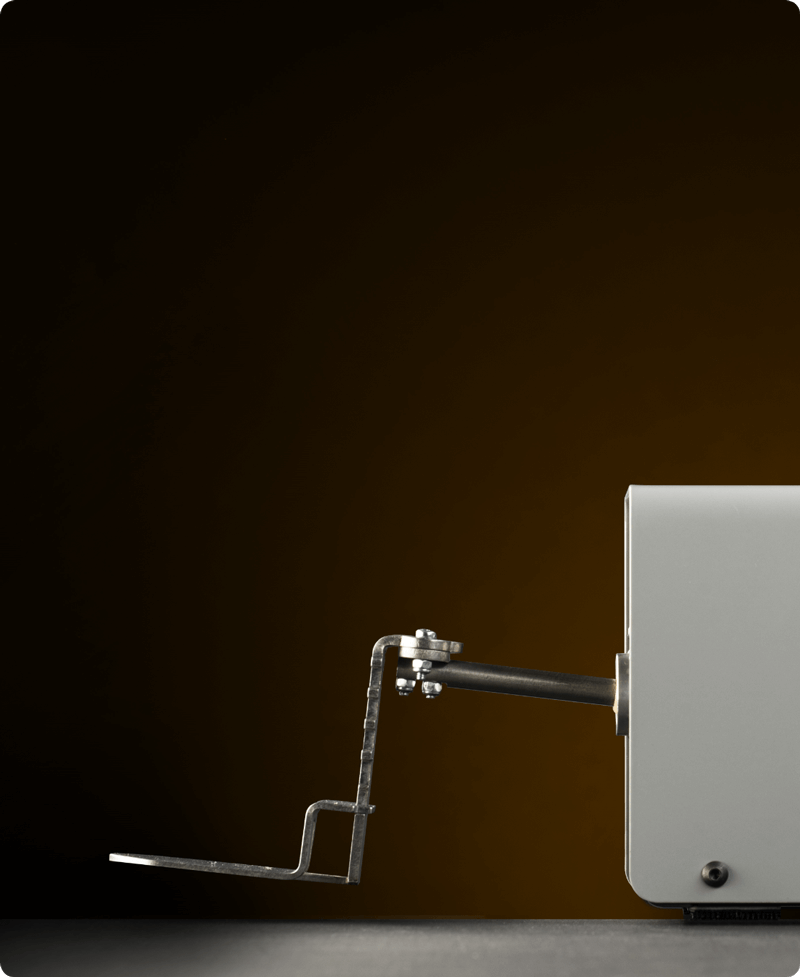We can’t live without products, but we can’t also live without experience. That’s why shopping now has become much more than a simple chore we do on the weekend. Retailers are looking for better ways to make their stores more attractive and brands are fighting to get the attention of shoppers.
However, finally, it all comes down to the decision to purchase. While we go to the store for window shopping from time to time, we usually enter with our minds set out to buy a product or more. But there are two different types of purchases and each one of them has its particularities.
In this article, we are going to discuss those two types of purchases - impulse purchases and planned purchases- and we are going to show you how to promote your products in such a way that customers will keep coming back for more!
Since these two types of purchases are different and shoppers have different triggers to make each one of them, we will compare them and see which promotional tactics work best in each scenario.
Impulse purchases vs planned purchases
Let’s start at the beginning:
What are impulse purchases and planned purchases? What do they have in common and what is different for each one of them?
What are impulse purchases?
Impulse purchases are those emotionally-based shopping decisions that customers make right on the spot. No customer comes to the store thinking that they will make a rash decision and buy a certain product. For these decisions to be made, you need to make people feel something when they stumble upon your product. Emotions are the ones that guide us, even when we purchase a certain brand of toothpaste.
The 4 types of impulse purchases:
More than 60% of purchases are impulsive, but not all impulse purchases are created the same way. There are different triggers that lead to impulse buying.
- Pure impulse purchasing
These ones are the ones that are based solely on a spur of the moment emotion. The magazines that are placed strategically right next to the counter and those small, bite-size cookies with the perfect wrappers are bought just because they make the shopper feel something.
- Suggestion impulse purchasing
No, you are not actually suggesting to people to buy a product, but you are placing it conveniently and making shoppers believe that they need that item. For example, a granola bar. Shoppers will see it and immediately think: “Well, I am kind of hungry and this granola bar is definitely healthier than a chocolate bar.”
This type of impulse purchase makes people think that they bought a product they need, instead of a product they want.
- Reminder impulse purchasing
These are those “it’s better to have some in the house” kinds of purchases. Batteries, wipes, and matches are some of the products that usually enter in the reminder impulse purchase category.
- “Planned” impulse purchasing
It sounds counter-intuitive but it’s true. People come to the store to purchase a bag of chips, but they see an offer that states: Buy three bags of chips and get a free soda. They think to themselves: “I’m gonna eat those chips eventually and I also planned to buy a soda.” In this scenario, shoppers wanted to purchase both the chips and the soda, but you made them impulsively buy more than they intended.
Now that we’ve established the most important things about impulse buying, let’s dig deeper into the planned purchases!
What are planned purchases?
Planned purchases are those shopping decisions that customers make after examining products and taking into account the pros and cons. To put it in simpler words, planned purchases are those items on your weekly grocery list.
Planned purchases can also be bigger investments like a car or electronics. These are not products that you want to waste money on and that’s why shoppers almost never purchase a piece of electronics in the spur of the moment.
Even for planned purchases, there is a decision that is made in-store, in most cases: which brand to select? While some shoppers are loyal customers and stick to one brand, most customers know they want oil, but they don’t really have a brand in mind. That’s where your in-store marketing efforts come in.
Make your impulse purchase products stand out
Chips, chocolate, soda cans, granola bars, nuts. These are just a few products that are on the impulse purchase list. While they might not be on the grocery list, they still end up in the shopping bags of customers.
However, you don’t just want people to buy your chocolate bar out of impulse, you also want to stand out from the crowd. The only way you can do this is to think outside the box and promote your products in a unique way.
Choose messages that make people feel something
When promoting your products, make people feel something. If they tie your brand to an emotion, it’s going to be easier to stand out from the crowd. There are numerous options on the market and each brand has its approach. The message you communicate has a big impact on sales and brand loyalty.
Powerful, innovative displays
The message is important, but so is the medium you choose. Shelf talkers, wobblers, and end caps are great POS displays, but they no longer engage customers. An in-store solution like Tokinomo will make customers curious and they will engage with your products faster. Most importantly, customers will remember the name of your brand.
Unique campaigns
You’ve got the message, you’ve got the medium, now comes the whole campaign. Instead of going for the old-fashioned “Buy me, choose me, I’m great” you should find a unique approach.
- Make your products talk to each other with the help of Tokinomo.
- Create an influencer marketing campaign in-store.
- Master the art of storytelling at the point of sale to increase engagement.
Increase planned purchases without price cuts
The main reason for which people need to plan these purchases? The price of these products is not as small as a chocolate bar. While most people don’t mind giving $1 for a soda can and then forgetting to drink it, most people will be furious if they would purchase a $50 product or $1000 item and never got to use it.
Planned purchases are products that shoppers need, but the price is the one that makes people think twice or even postpone the purchase. That’s why most brands choose discounts as an incentive.
What if we’ve told you that there is a way to increase sales for products that are considered planned purchases without cutting prices?
Tokinomo is the right solution for brands that want to increase sales without needing to lower the price. Actually, some brands even increased their prices during a campaign to test out Tokinomo’s magic and their sales still increased.
Regular in-store marketing campaigns increase sales by an average of 20% with price cuts. Campaigns implemented with Tokinomo increase sales by 200% without price cuts.
As you can see, Tokinomo is the perfect solution to increase sales for both impulse and planned purchases. Want to see how Tokinomo can help you? Drop us a line.



